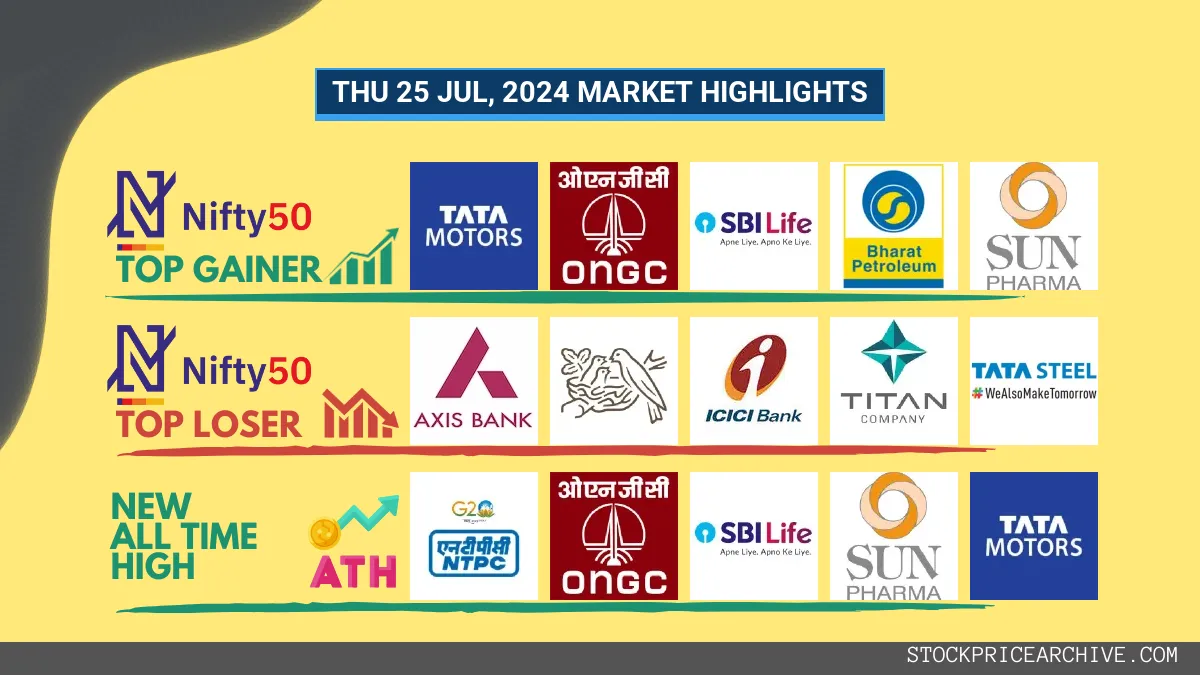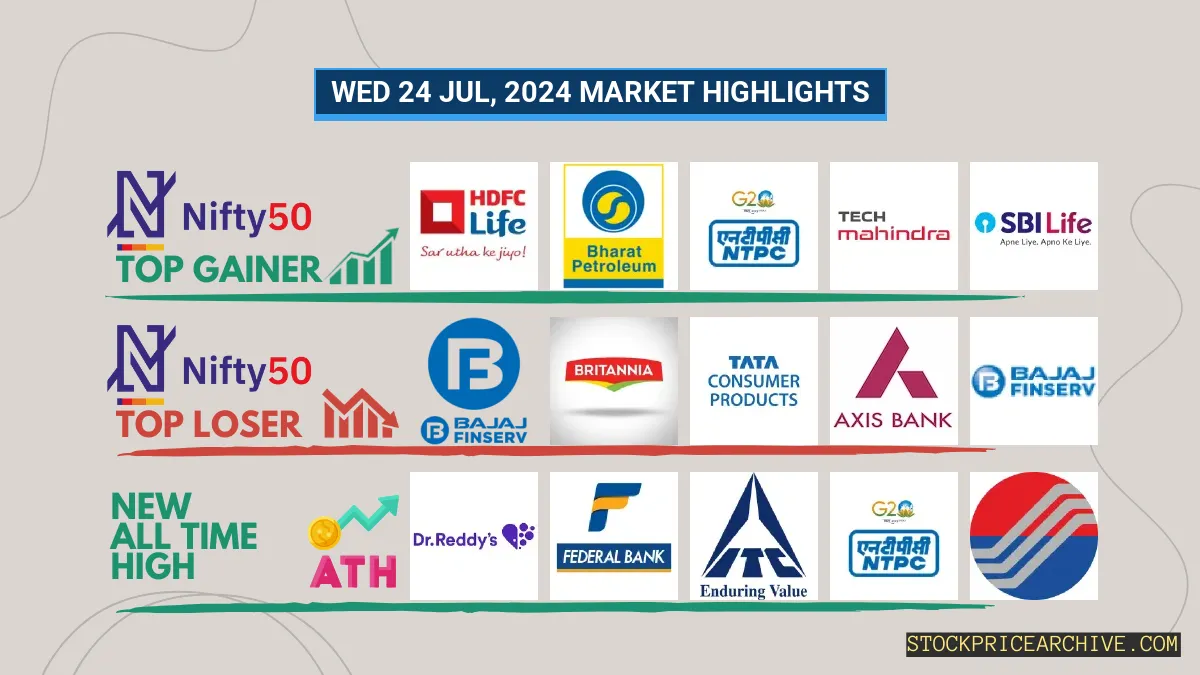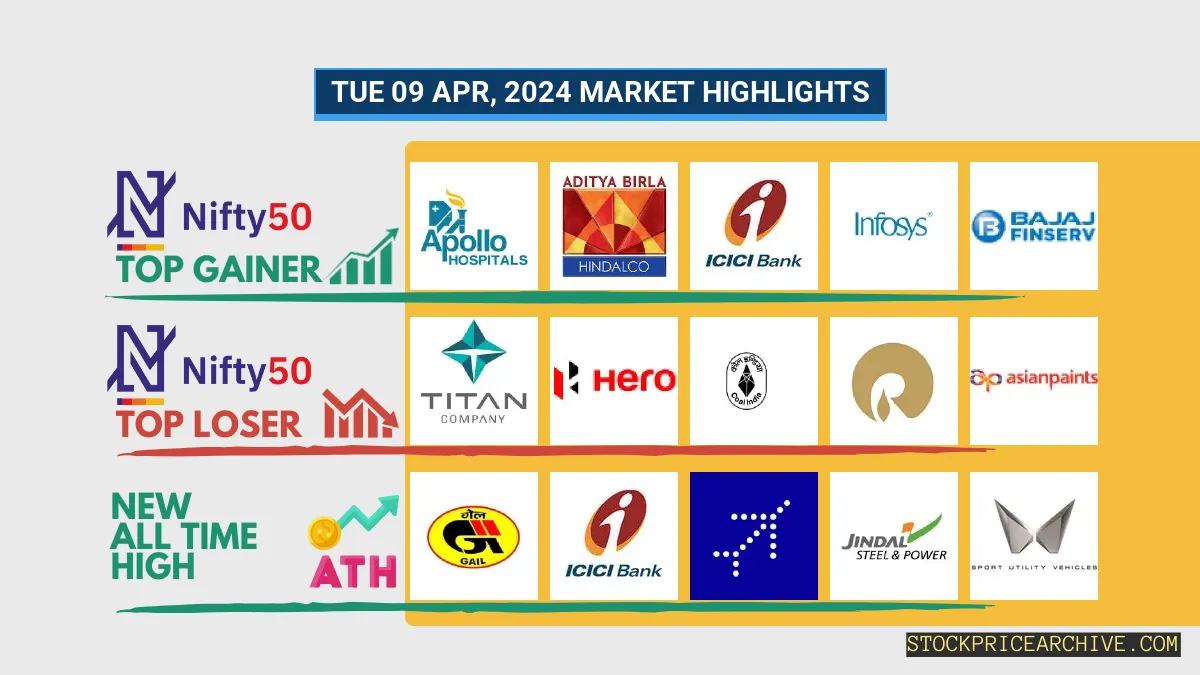Bajaj Finance Share Price Target 2023, 2024, 2025, 2026, 2030

Bajaj Finance Share Price Target: Hello, and welcome to this article. Today, we’ll review Bajaj Finance’s operations, how it earns profits, potential growth areas, and all sorts of information regarding this business to gain a better understanding of the trend in price targets of Bajaj Finance shares.
In addition, after analyzing the company’s stock, we will share the results with you, so that you will have an idea about this stock.
The company has good growth potential, and it is a great investment option for the long term. This article will discuss Bajaj Finance Share Price Target 2023, 2024, 2025, to 2030.
Before diving into Bajaj Finance stock price targets let’s look at the Bajaj Finance company background, the technical basics, fundamental analysis, shareholders, future potential, etc.
It will help you in making a final decision about your next investment. However, first, let’s examine company’s history and its complete business structure.
Bajaj Finance Company Overview
Bajaj Finance is an Indian non-banking financial company founded in 1987. It is located in Pune, Maharashtra. Bajaj Finance started with vehicle loans but is now a business, one of the largest NBFCs in India.
It offers different financial services such as consumer loans, SME lending, rural lending, commercial lending fixed deposits, credit cards, wealth management, and insurance, among others.
Bajaj Finance share price target
Considering the factors mentioned above and studying the past trends, experts forecast an upward trend for the Bajaj Finance shares price in the next decade.
It is important to remember that investments in stock markets carry inherent risk and uncertainty, here are the anticipated share price goals that are set for Bajaj Finance up to 2030:
Bajaj Finance Share Price Target 2023
Bajaj Finance Share Price Target For 2023 As Follows:
| 2023 | 1st Target- Rs.8050 |
| 2nd Target- Rs.10,400 |
Bajaj Finance Share Price Target 2024
Bajaj Finance Share Price Target For 2024 As Follows:
| 2024 | 1st Target- Rs.10,650 |
| 2nd Target- Rs.11,430 |
Bajaj Finance Share Price Target 2025
Bajaj Finance Share Price Target For 2025 As Follows:
| 2025 | 1st Target- Rs.12,000 |
| 2nd Target- Rs.13,350 |
Bajaj Finance Share Price Target 2026
Bajaj Finance Share Price Target For 2026 As Follows:
| 2026 | 1st Target- Rs.13,500 |
| 2nd Target- Rs.14,700 |
Bajaj Finance Share Price Target 2027
Bajaj Finance Share Price Target For 2027 As Follows:
| 2027 | 1st Target- Rs.15,000 |
| 2nd Target- Rs.15,740 |
Bajaj Finance Share Price Target 2028
Bajaj Finance Share Price Target For 2028 As Follows:
| 2028 | 1st Target- Rs.16,000 |
| 2nd Target- Rs.16,820 |
Bajaj Finance Share Price Target 2030
Bajaj Finance Share Price Target For 2030 As Follows:
| 2030 | 1st Target- Rs.19,400 |
| 2nd Target- Rs.20,080 |
Understanding Bajaj Finance’s Growth History
Bajaj Finance has emerged as a major player in the world of financial services with a broad range of investment and lending options.
With a strong company model and a focus on the customer, the company has experienced significant growth throughout the years.
It has been able to profit from the booming market for consumer finance in India and has diversified its offerings in a variety of segments, including consumer durables, personal loans, finance, and business loans.
Role of Consumer Finance in Bajaj Finance’s Success
Financial services for consumers have proved to be an important driving factor behind the expansion of Bajaj Finance.
Its ability to spot emerging trends in consumer behavior and customize its offerings to meet them has enabled it to take a large market share.
If they are financing purchases of electronic devices and home appliances or even two-wheelers, Bajaj Finance has positioned itself as a top choice for those looking for affordable and convenient financing alternatives.
The concentration on financing for consumers has helped the company grow and has boosted its performance in the field of finance.
A long-term investment strategy
It is crucial to look at the investment in Bajaj Finance with a longer-term perspective. While market movements in the short-term may influence the price of the share price.
However, the company’s strategic initiatives and solid foundations ensure it will be able to sustain growth over time.
Investors who take a cautious and well-informed approach can possibly benefit from the bright growth prospects provided by Bajaj Finance.
Factors Affecting Bajaj Finance Share Price Target
- Sales growth: Sales at Bajaj Finance have been steadily increasing indicating that there is a significant demand for its services and products. This increase is likely to keep growing in the near future and could have a positive impact on the share price.
- Revenue growth: Bajaj Finance’s revenue is also growing at a steady rate which is a reflection of the company’s ability to make money. This increase is due to the increasing demand for consumer loans as well as various financial services.
- Financial Ratios: Bajaj Finance maintains strong financial ratios, with a great ratio of debt to equity as well as a high return on equity. These ratios indicate the firm’s financial stability as well as its ability to create dividends for shareholders.
- Future Outlooks: Bajaj Finance is strategically placed for growth in the future because of a variety of factors, which include India’s expanding middle class growing urbanization, and rising disposable incomes. These elements are expected to boost the demand for Bajaj Finance’s goods and services.
Growth Opportunities for Bajaj Finance
Bajaj Finance is well-positioned for expansion in the Indian credit market which is projected to grow at a rate of 12% between 2021 and 2026. The key growth drivers are:
- Cross-selling and Customer Acquisition: With more than 72.9 million customers at the end of June 2023 Bajaj Finance is leveraging its omni-channel strategy to increase customer engagement. The company makes use of EMI cards as well as co-branded credit card wallets, wallets along with QR codes, paired with data analytics and personalized offers to maintain and cross-sell to customers.
- New segments and product launches: The company is constantly innovating, and new products are coming out like Flexi Hybrid home Loan, Flexi Term Loan for professionals, Doctor Loan, and Shopkeeper Loan. In addition, it plans to explore new segments like tractor loans, car loans, as well as microfinance.
- Growth and Permeation: Bajaj Finance is present in more than 2,988 places all over India and the 1,690 in remote areas of the country, Bajaj Finance aims to grow further. The company plans to expand its presence by 400-450 areas in FY24, with a focus on tier 3 through towns and cities in tier 6 to expand the market’s penetration.
- Digital Transformation and Partnerships: The company is majorly spending on digital transformation to enhance the efficiency of its operations and enhance customer service. It has created digital platforms, such as BFL App, and Experia as well as collaborates with numerous offline and online partners such as Amazon, Flipkart, Samsung, LG, and Reliance Digital to offer its services to more customers.
These strategies allow Bajaj Finance to capitalize on the expanding Indian markets for loans.
what are the Risks of Bajaj Finance Stock?
Bajaj Finance, while positioned to grow, is also facing several threats that could impede its growth and profitability in the future:
- Regulations Changes: Since it is an NBFC, Bajaj Finance operates under the rules that are set by the Reserve Bank of India (RBI) as well as other authorities. Any adverse regulatory changes such as higher capital requirements or tighter lending rules, can negatively affect the operations of the company and the financial health of the company.
- Disruption and Competition: Bajaj Finance is in intense opposition to banks, NBFCs, and other banks as well as fintech companies, as well as digital platforms. These rivals may offer lower rates of interest and better customer service, modern technology, or ingenious products, which could reduce the market share of Bajaj Finance or profit margins. New competitors such as Jio Financial Services could also make it difficult for them to acquire customers as well as cross-selling tactics.
- credit risk and asset quality: Bajaj Finance’s asset quality and credit risk may increase due to a macroeconomic recession as well as rising unemployment, lower income levels, or even higher default rates. The firm’s involvement in credit that is not secured, especially in rural areas, further increases the risk profile. This may require greater provisions and write-offs that could affect profits and capital adequacy.
- Involvement Risk and Liquidity: The company is exposed to the risks of asset-liability mismatches as well as market volatility, increased cost of funding, and a decrease in the availability of funds. The challenges in the process of raising funds due to the market or regulatory restrictions may be a possibility. Furthermore, the effects of modifications in the interest rate or intense competition could impact the margin of interest net.
These risks highlight the need for robust strategic planning and risk management for Bajaj Finance to navigate potential problems in the ever-changing financial services industry.
Consumer lending including personal loans, loans against property as well as consumer durables is Bajaj Finance’s most important business segment, accounting for almost 40% of the total credit.
Bajaj Finance has partnerships with retailers such as Flipkart, Amazon, etc to provide financing options for customers.
It earns revenue by generating interest through loans and investments. Net interest income makes up the bulk of its overall earnings.
Also Read: This Railway Share Is Going To Touched The Sky; What Next?
Disclaimer: Dear readers, we’d like to inform you that we are not authorized by SEBI (Securities and Exchange Board of India). The information on this site is only for informational and educational purposes and shouldn’t be considered financial advice or stock recommendations. Also, the share price predictions are completely for reference purposes. The price predictions will only be valid when there are positive signs on the market. Any uncertainty about the company’s future or the current state of the market will not be considered in this study. Though this is just for informational purposes, We are not responsible for any financial loss you might incur through the information on this site. We are here to provide timely updates about the stock market and financial products to help you make better investment choices. Do your own research before any investment.
conclusion
This article is a complete guide to Bajaj Finance Share Price Target, where you can find out what Bajaj Finance is, its businesses, and Bajaj Finance Share Price Target 2023, 2024, 2025 to 2030.
Share price forecasts are based on our analysis, research, company fundamentals and history, experiences, and various technical analyses. Also, We have talked in detail about Bajaj Finance’s future prospects and growth potential.
Hopefully, this information will help by having all the share price details of Bajaj Finance so that you can consider investing in the future. If you have any questions, please contact us in the comment box.
We will be happy to answer any questions you may have. If you like this information, share the article with as many people as possible.








